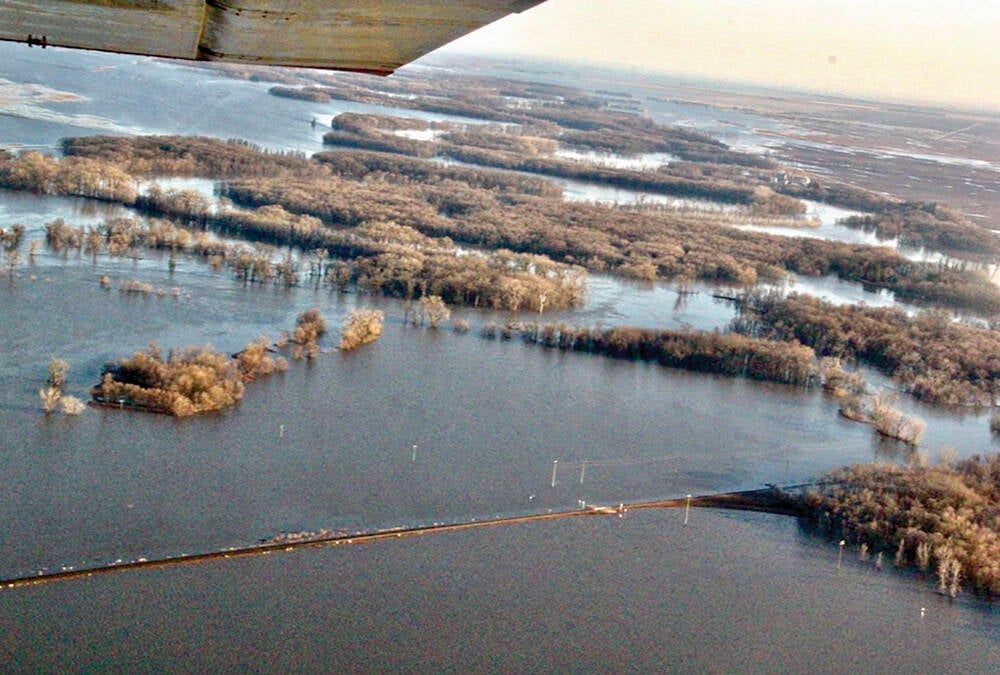Even though they’ve been facing low prices this year, prairie beekeepers are optimistic and keeping production up, said experts at the Sask-atchewan Beekeepers’ Association annual meeting.
“We’ve seen growing interest in younger beekeepers getting into the business,” said Don Dixon, Manitoba’s provincial apiarist.
Prices dropped to about 70 cents per pound at the end of 1999. Three years ago average prices were about $1.30 per pound.
But Dixon said producers don’t seem pessimistic, and there are signs prices are moving up.
Some recent sales of honey have brought 75 cents a lb.
Read Also

Rural Manitoba resources slim on natural disaster planning
A study from Brandon University’s Rural Development Institute has found that many rural and small municipalities don’t have the staff or resources to make formal climate plans against natural disaster.
Beekeepers have ridden a rollercoaster since the 1970s, when prices began rising. By the mid-1980s Manitoba beekeepers had 120,000 colonies. There was a similar number in Sask-atchewan in the peak year of 1986.
Then the price dropped in Canada, and huge American subsidies destroyed the export market.
Beekeepers fled the industry. In three years, one third of Manitoba’s colonies disappeared, leaving 80,000 still in production.
“The equipment was being melted down and rendered and we couldn’t even sell the stuff,” said Dixon.
But since prices rebounded in the mid-1990s, colony numbers have risen to about 92,000. Saskatchewan has 96,000 producing colonies. Alberta has 212,000 colonies.
Dixon said beekeepers think prices will recover and young beekeepers are showing their confidence in the industry by taking over.
“Some of the operations are beginning to change hands and go to younger producers,” said Dixon.
Many beekeepers at the convention were young for farmers, with many people in their 30s and 40s.
Bugs down south
Dixon said prices may continue to recover if pest problems besetting the American industry continue to grow. A plague of small hive beetles has been ruining many operations in the tropical states, such as Georgia and Florida. Apistan-resistant varroa mites have been spreading in many states.
Some American bee authorities say 20 to 30 percent of American hives could be lost to the bugs.
“We hate to build on other people’s bad fortune, but if it really does happen, it will cut their productive capacity.”
Though these bugs could spread to Canada, they are unlikely to be as much of a problem as they are in the sun belt, Dixon said.
Northern tier American states are finding the small hive beetle less virulent than it is in Florida, and varroa mites have spread much more slowly in Canada than they have in the United States.















